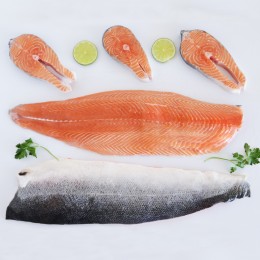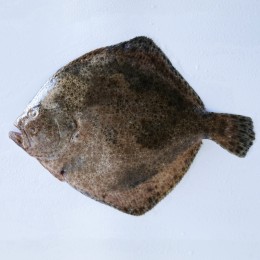The scorpion fish (Scorpaena scrofa) inhabits sandy depths from 10 to 500m. During the day they hide among rocks and at night they come out in search of food: small crustaceans and fish. It is a poor swimmer, but thanks to its perfect camouflage (its body is covered with algae) it is difficult to distinguish it from its hiding place. Its skin moults every two weeks.
A fish with a robust, elongated body, covered with wrinkles and spines. It is red in colour, but has the ability to change colour when it prefers. It has brownish spots scattered on its fins and, depending on the specimen, it has a spot under the dorsal fin.
The scorpionfish is a semi-fatty fish, a source of proteins of high biological value and rich in vitamins (B1, B2, B3, B6) and minerals (potassium, phosphorus and magnesium). Nutritional properties recommended for the care of our nervous system and the improvement of our immune system.
The scorpion fish is a well-known fish in traditional gastronomy both at home and abroad. It has meat with many bones, which is why it is a common ingredient in the preparation of soups or creams, preparations such as the Asturian stew, the popular French ‘bouillabaisse’ or the so-called scorpionfish pie. It is also often grilled or barbecued with potatoes and white wine sauce.

























